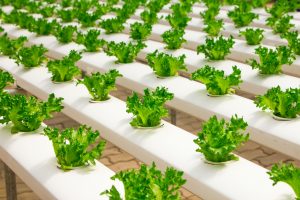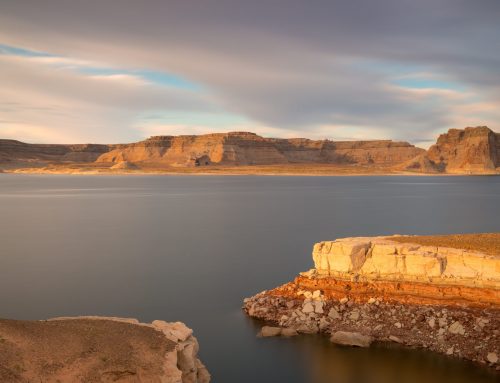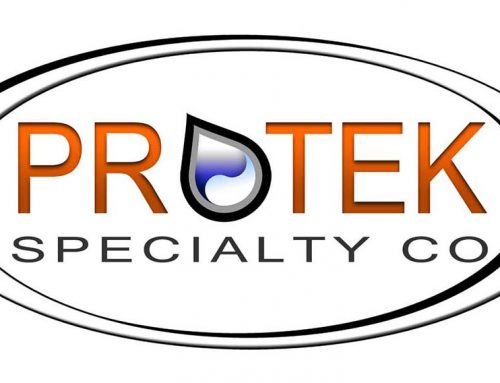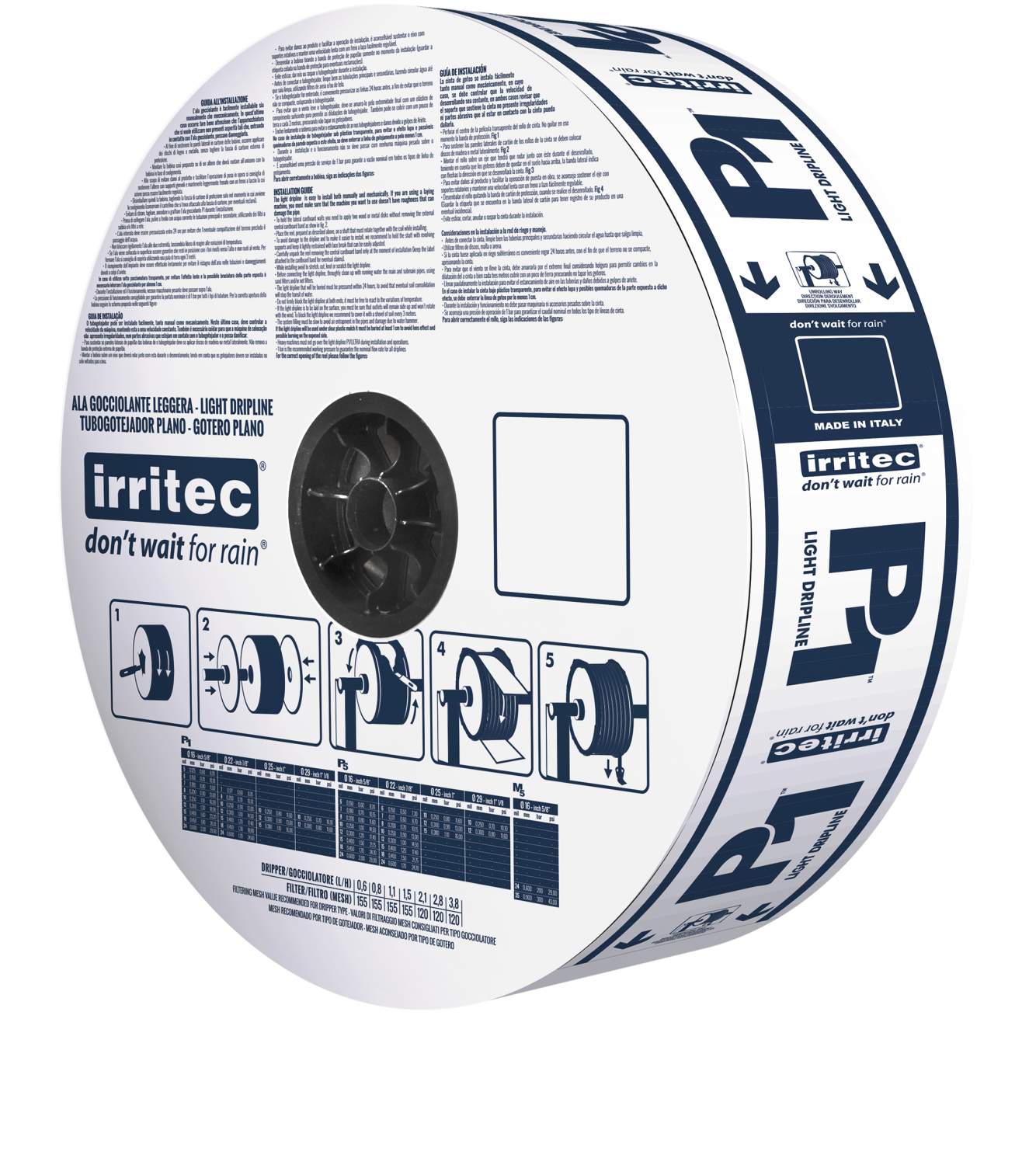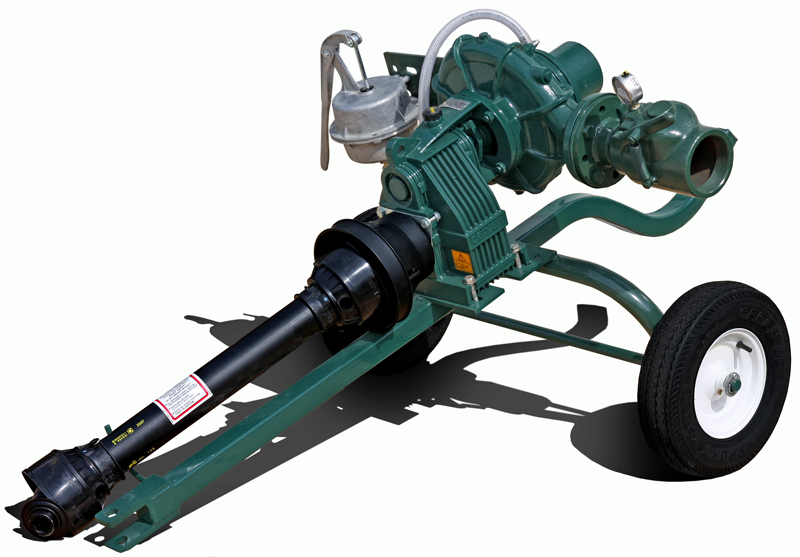Vertical Farming
So what is all the buzz about vertical farming? This weekend I was watching a CBS Sunday Morning segment about vertical farming and learned that this nascent offshoot to the farming community will be a $8 billion business by the end of this decade. So what is vertical farming? Vertical farming is a way to grow fruits, vegetables and other plants “up” rather than “out”.
Vertical farming means using less water, less land, less light, less labor and while enjoying a year round growing season. (And for some of us it means not having to bend over to pick strawberries!)
Water – Vertical farming means up to 99% less water use. In climate controlled conditions, there is virtually no water run off and significantly less evaporation. Less water means lower costs and a better environment. Any water that isn’t taken up by a plant’s roots can be recycled — no need to worry about losing it to evaporation and runoff. Pesticides or herbicides aren’t necessary when plants are grown indoors, either, so there’s no concern about them contaminating the environment.
Land – Vertical farming closer to urban centers (where the consumers live) cost more per ace, but you need significantly less land because you build up. So while the cost of new construction is higher, many vertical farmers are repurposing buildings that are no longer in use, saving not only costs, but also construction materials.
Light – You are no longer dependent solely on the sun. Improvements in LED lighting now allows you to customize the amount and type of lighting your plants receive. And sense you are growing them inside, you can enjoy the fruits of your labor year round.
Labor – Unlike large fields of plants where you bend and stoop to to harvest crops, vertical farming can allow you access to the plants at waist level in a climate controlled environment.
Year Round Growing season with farm to plate assured!
There are some drawbacks to vertical farming. (All is not roses!)
- Generally the closer you are to urban centers (where the customers are) the higher the price of land per acre. A great reason to consider retrofitting existing buildings.
- Higher Energy Costs – Lights, Air Conditioning and Heating. Some of these increased energy costs can be offset by decrease in transportation costs since you are closer to consumers.
So how can you get started? Whether you are just starting out with a small venture – just a few rows of strawberries built on a series of shelves four our five rows high or you are starting a major growing operation with tens of thousands of square feet, Irrigation Supply Parts has the irrigation supplies you need. Drip Tube, Drip Tape, Fittings and Pumps.


